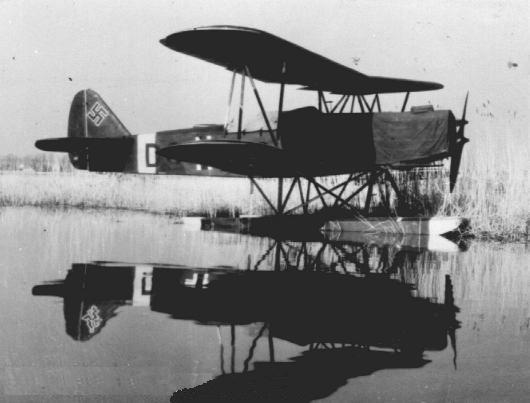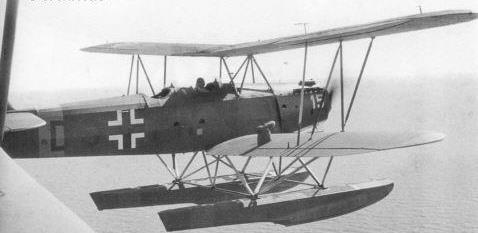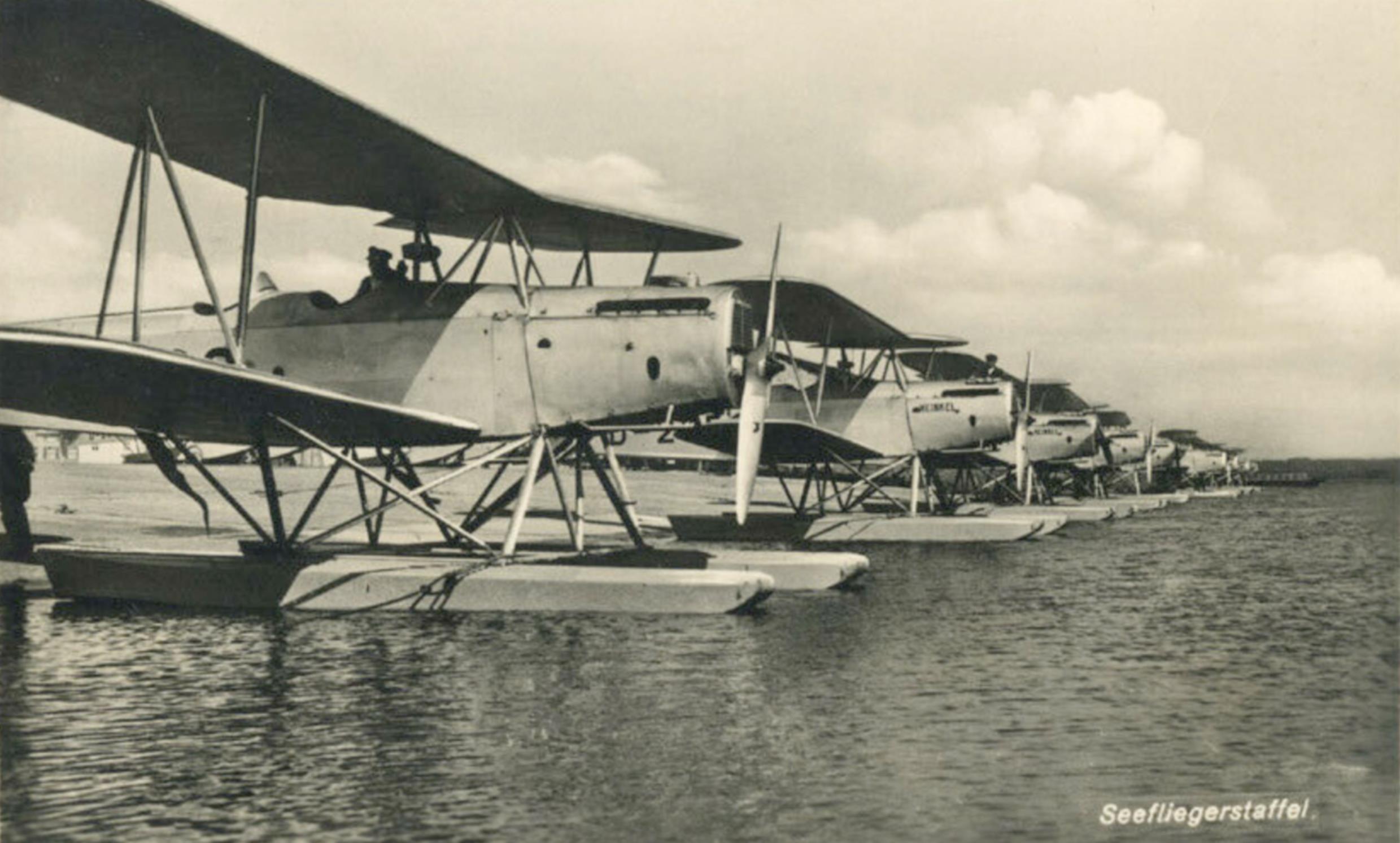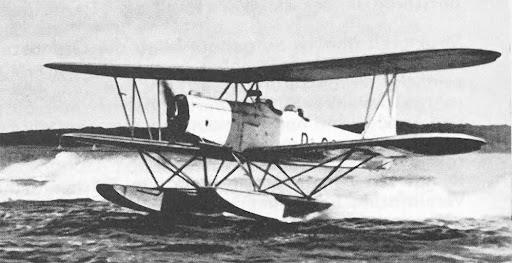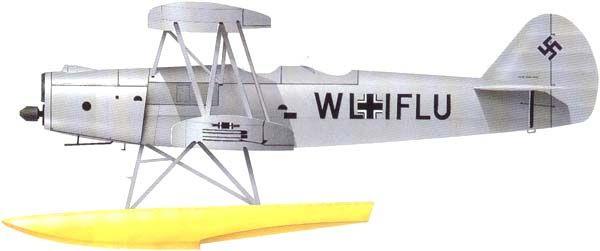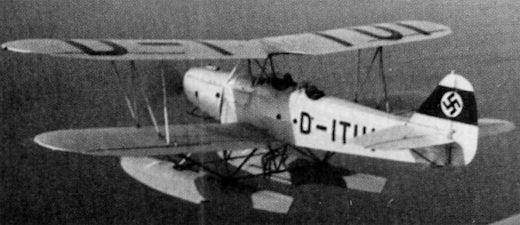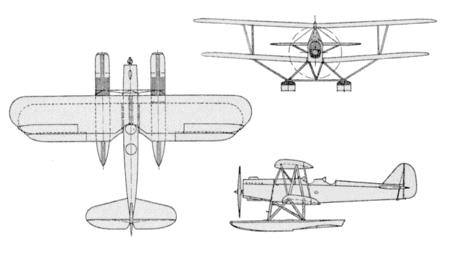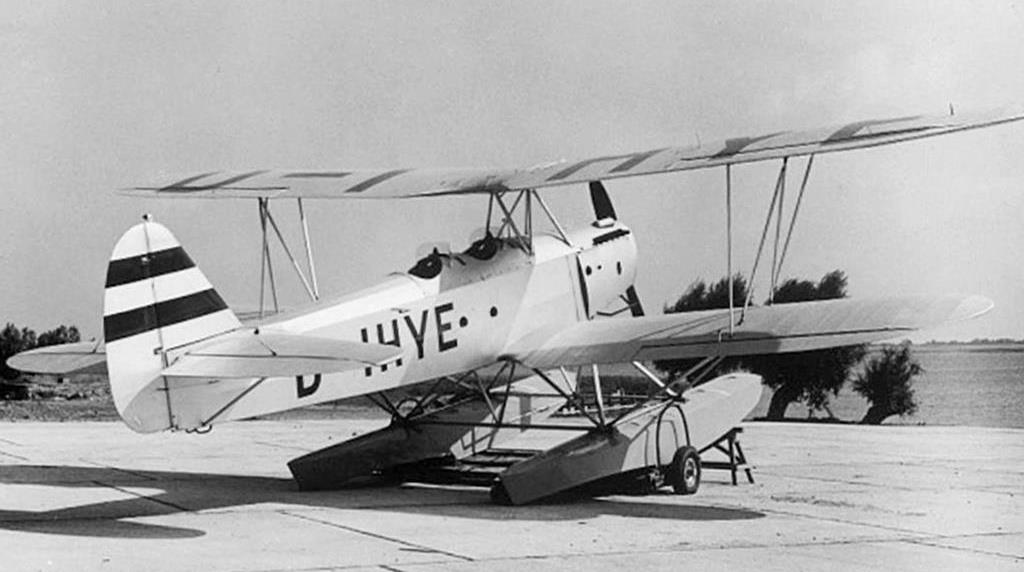| Type |
a |
B |
C-2 Two seat trainer seaplane |
| Engine |
1 BMW Va |
1 Junkers L5 |
:1 xJunkers L5Ga with a 2-bladed fixed-pitch wooden propeller. 3 m dia |
| Dimensions |
Length 10,5 m , height 4,15 m , span upper 14,0 m ,lower 13,0 m, wing area 56,03 m2 , |
|
Length 10,6 m , height 4,3 m , span upper 14,0 m ,lower 13,0 m, wing area 56,03 m2 ,
|
| Weights |
Empty 1550 kg, loaded 2150 kg , max. take off weight fuel 550 l |
|
Empty 1710 kg, loaded 2420 kg , max. take off weight fuel 425 l |
| Performance |
Max.. speed 185 km/h at sea level, landing speed 80 km/h, cruising speed , range , endurance , service ceiling , climb to 1000 m 5,1 min., to 2000 m 12,1 min. |
|
Max.. speed 192 km/h at 1000 m , cruising speed 185 km/h , alighting speed 80 km/h , range 800 km, endurance , service ceiling 4200 m , climb to 1000 m 5 min. 36 sec. |
